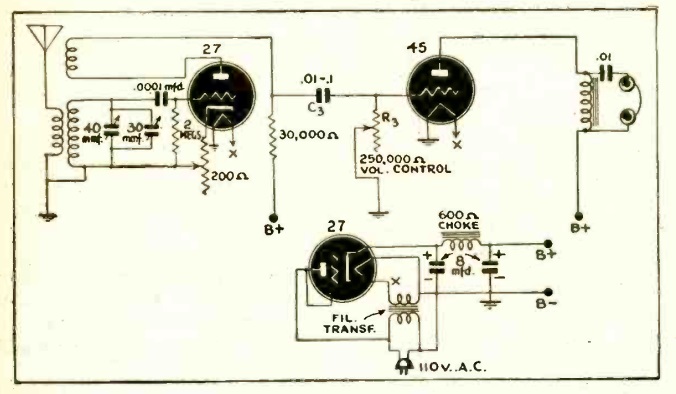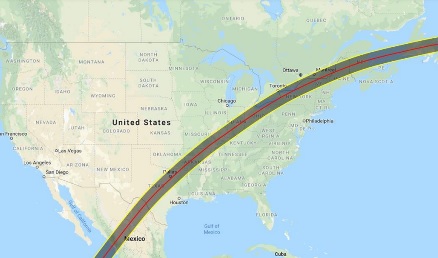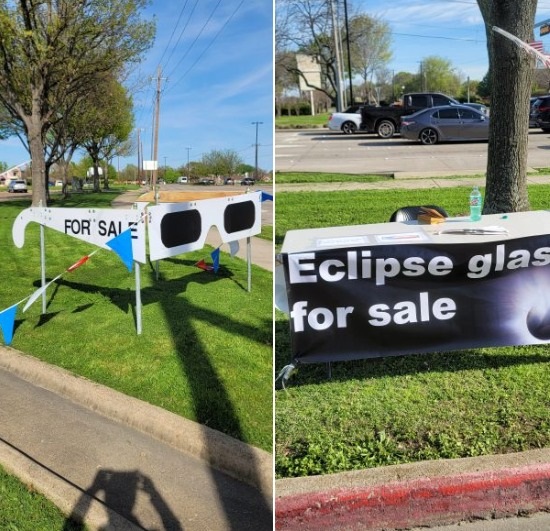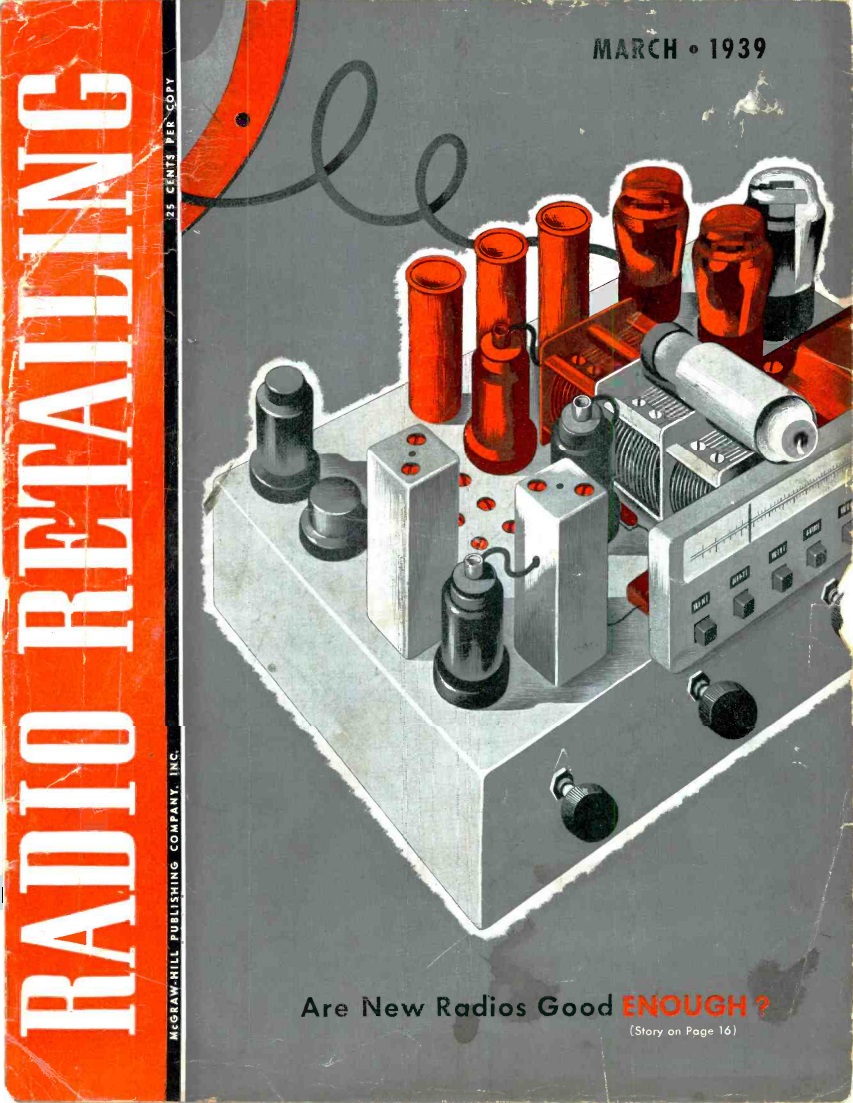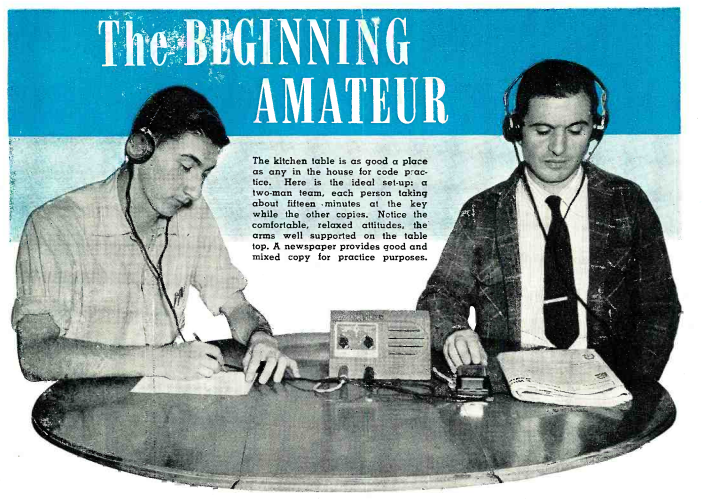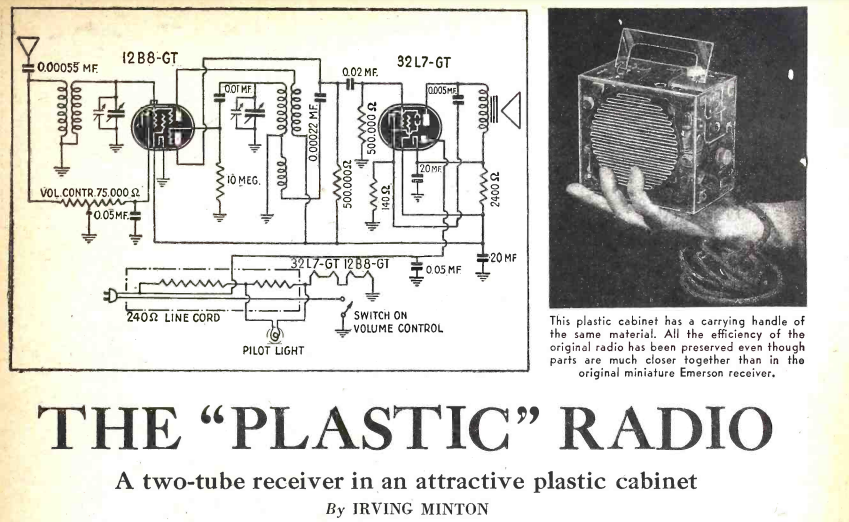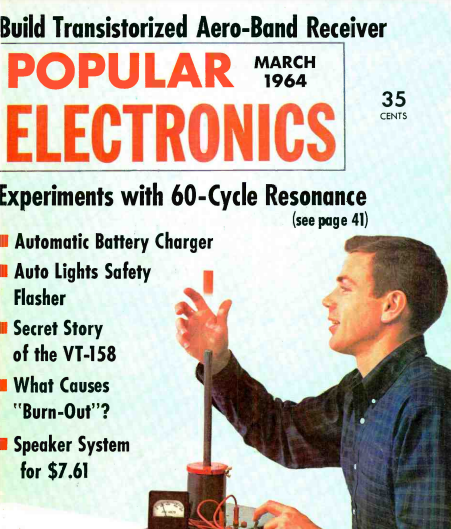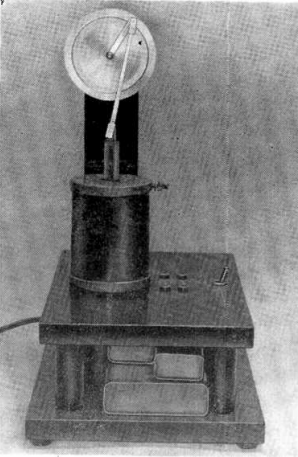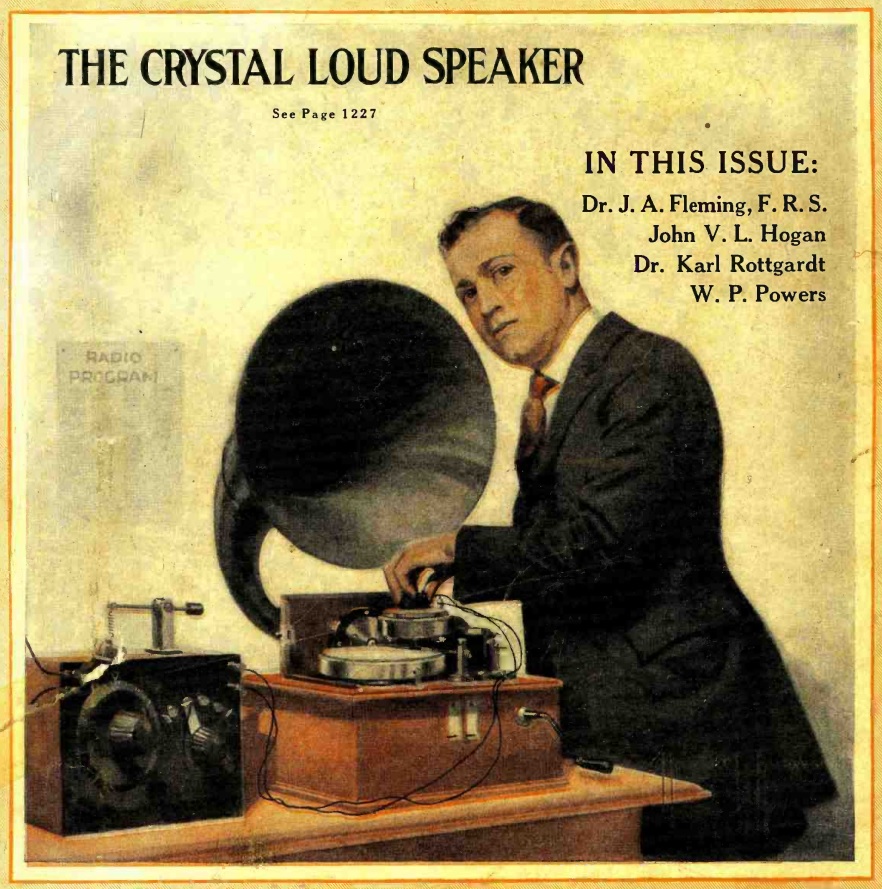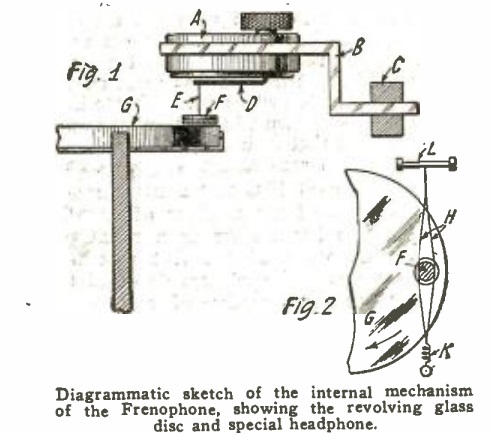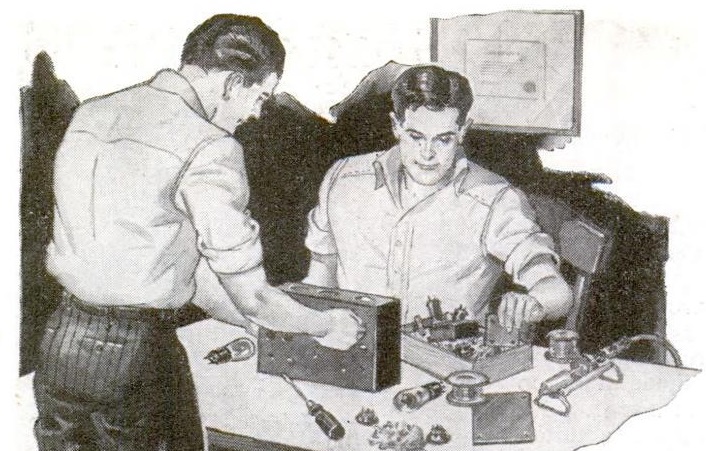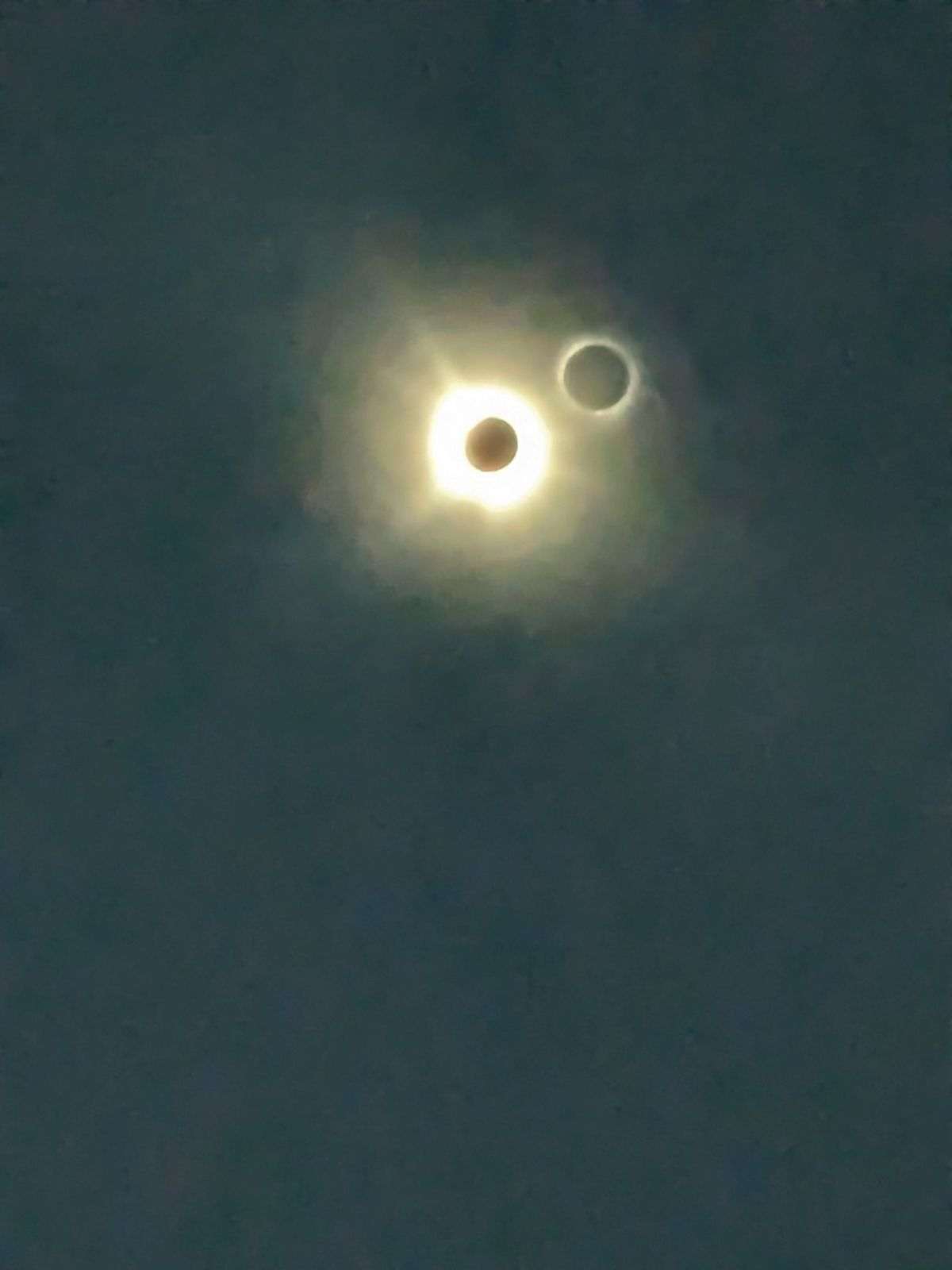
Photos and videos don’t do the eclipse justice, but the ones here give an idea of what we experienced when we viewed the eclipse on April 8.
This is my second total eclipse, and my wife’s third. We both agreed that this one was better than the 2017 version, mostly because of greater solar activity, resulting in a larger corona. Also, the length of totality and the width of the path were greater, which I think resulted in the sky getting darker. My wife thought it was on par with the 1991 eclipse she had seen in Mexico.
We wound up viewing it from Lake Catherine State Park, Arkansas. The entire area seemed well prepared for the eclipse. The park itself had what seemed to be additional staff, I’m guessing both paid staff and volunteers, on hand. We didn’t patronize them, but another part of the park had food trucks on scene. We tried giving the staff some extra eclipse glasses to hand out, but they already had some and were giving them to anyone who needed them.
The original plan was to view it in Dallas, but we awoke to clouds, which were forecast to last through the eclipse. Little Rock, Arkansas, on the other hand, had a forecast of sunny skies. So at about 6:00 AM, we hit the road toward Arkansas. Fortunately, Interstate 30 was within the path of totality for its entire run from Dallas to Little Rock. So as soon as we hit consistently clear skies, we got off the interstate and headed north, which led us closer to the center path. We passed a few good viewing locations, but kept following the state park signs, knowing that we could turn back if the park didn’t prove adequate.
We were greeted at the park entrance by a ranger. We told him the obvious, that we were there to view the eclipse, and he directed us to a parking area near the campground. There were trees around, but we had a good view of the sun, so we set in for totality. There was no admission charge to the park. T here were quite a few people in the other part of the park near the food trucks, and a dozen or so cars in our parking area.
Again, words or pictures don’t do it justice. In my opinion, the total eclipse itself is on par with the Grand Canyon, or Yellowstone National Park in its beauty. But adding to the awe is its short-lived nature. We watched for about four minutes, until it was over. Two stars (actually, the planets Venus and Jupiter, I believe) were visible, and the darkness level was consistent with after sunset. There was a 360 degree sunset visible on the horizon. Everyone else saw them, except for me, but I’m told that the shadow bands were very evident until almost a minute after totality.
If you learned that another Grand Canyon was going to spontaneously form, be there for four minutes, and then disappear without a trace, you would want to go see it. This is why we went to see the eclipse. The next one will be in Iceland and Spain on August 12, 2026, and I plan to be there as well. And the August 12, 2045 eclipse will pass through Arkansas again, so maybe I’ll try to watch it from the same spot. If you see an old guy in Lake Catherine State Park in 2045, stop by and say hello, because that will be me.
I did hear reports of extremely heavy traffic in Missouri, and in New England. In those areas, large population centers had only a few routes to totality, and they were jammed. We notice very little, if any, extra congestion on the route we took. Of course, we were within the path of totality the whole time.
The states of Texas and Arkansas were well prepared for the invasion of eclipse tourists, and everything went without a hitch.
Our viewing location near the campground highlighted one ongoing problem with state park reservation systems. We were right next to the tent camping area, and only one of the about six sites was occupied. On the other hand, it looked like all but one of the sites had been reserved, based upon reservation slips on the posts. Over half the sites in the RV section of the campground were occupied, but I wasn’t able to see how many were reserved. I’m guessing a lot of people made contingency reservations which they didn’t use. This highlights a problem in many state park systems: People make reservations that they don’t use. This ties up the site, making it unavailable. This is an ongoing problem, not just for special events. The knee-jerk reaction is to penalize people who cancel, but this is counter-productive. A better solution, it seems to me, would be to make it easy for people to cancel, and have a way to put the site back into circulation immediately.
Chances are, the people who made those Arkansas camping reservations were watching the eclipse in Indiana, Maine, or some other state miles away. There’s probably no way for them to make the site available, or they didn’t have enough incentive to do so. States with state park reservation systems should figure out a way to make these sites available.
It turns out that the skies in Dallas cleared nearly miraculously right before the eclipse, and Dallas got an excellent view. Particular praise should be given to the Dallas Independent School District (and undoubtedly other districts in the area) that made sure all of there students were outside to experience it, and for supplying eclipse glasses to all students. MyEclipseGlasses.com had some left over, and we donated a thousand to one parochial school to make sure their students could safely view the partial phase. But eclipse glasses were not needed to view the most spectacular part, totality, and it appears that all children in the path had an opportunity to see it.
Another school district that deserves special praise is my alma mater, the Minneapolis Public Schools. Not only did they supply eclipse glasses for all K-5 students, but they organized a field trip to Indiana for some lucky students to experience totality, as well as visit museums in Milwaukee and Chicago. You can see pictures at Facebook #MPSEclipseTrip.
The photo and video above were taken by my daughter, with her cell phone camera. The lens flare actually shows the shape of the eclipse better than the main image. The video gives a pretty good idea of how dark it got in the area. Again, nothing does justice to being there in person, but these give an idea of what we experienced.
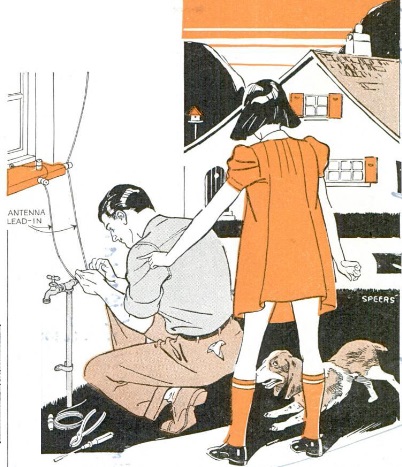
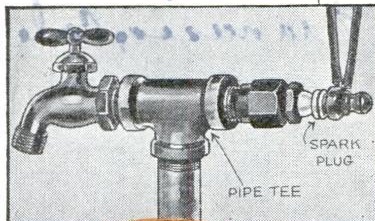 Eighty-five years ago, both daughter and Fido were helping Dad install a lightning arrestor for the family radio antenna. Dad noticed that the spark plug from a Model T Ford could screw directly into a 3/4 inch water pipe fitting. So he added a tee to an outdoor tap, screwed the spark plug into the other end, and attached the antenna.
Eighty-five years ago, both daughter and Fido were helping Dad install a lightning arrestor for the family radio antenna. Dad noticed that the spark plug from a Model T Ford could screw directly into a 3/4 inch water pipe fitting. So he added a tee to an outdoor tap, screwed the spark plug into the other end, and attached the antenna.

